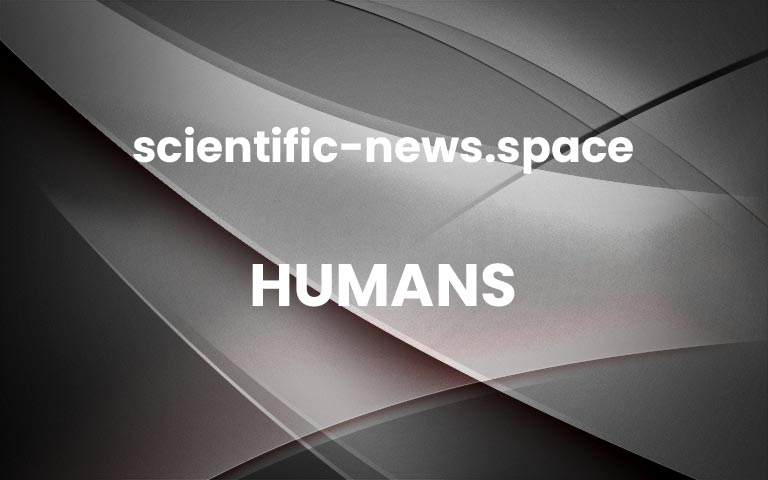The campfire was a social hub for ancient humans, and a virtual reality investigation suggests that the flickering light may have made art etched on flat rocks look animated
Humans
20 April 2022
By Colin Barras
The position of replica Stone Age plaquettes in relation to fire during an experimentNeedham et al., 2022, PLOS ONE, CC-BY 4.0
Stone Age Europeans may have huddled around campfires at night to watch simple animations created when firelight danced across artwork etched on flat rocks.
The ancient paintings preserved on the walls of European caves tell us that Stone Age artists could depict animals with astonishing realism. What makes this prehistoric art even more impressive is that a lot of it must have been painted by firelight, because it lies far from cave entrances and beyond the reach of the sun.
Recently, some archaeologists have speculated that ancient humans saw this flickering firelight as an opportunity to enhance their work. By producing multiple overlapping pictures on the cave wall, artists could create rudimentary animations as the light from their flaming torches highlighted first one and then another image.Advertisement
Now, Andrew Needham at the University of York, UK, and his colleagues have found evidence that these simple animations weren’t confined to deep caves. Instead, some appear to have been etched onto flat stones placed near hearths around which Stone Age people would gather in the evening.
The stones, called plaquettes, were excavated in the 19th century from the Montastruc rock shelter in southern France. Most of them are 10 to 20 centimetres in length and width and have images of animals – usually horses or reindeers – etched on one or both sides. They were created by so-called Magdalenian people, probably between about 16,000 and 13,500 years ago.
Little is known about how the plaquettes were originally used. But Needham and his colleagues point out that most of them have one feature in common: evidence of exposure to heat. Because other ancient artefacts from the rock shelter don’t show evidence of heat exposure, the researchers argue that the plaquettes were routinely placed near campfires.
Needham and his colleagues wondered what effect flickering light from the flames might have had on the artwork. To explore this, they produced 3D computer models of the plaquettes and used virtual reality to simulate dim light dancing over their surfaces.
Doing so revealed that the light can draw the viewer’s attention to first one and then another animal engraved on the plaquette, giving an impression of movement.
“This must have been quite a powerful visual effect,” says Needham – particularly in the context of a campfire. “This was likely an important social space. It might have been a place to share stories or chat and bond with each other after long days spent out in the landscape hunting and gathering.”
He says the research is a reminder of the need to think about ancient art in its original context when possible.
“The art is not just the engraved lines on the rock, but those engraved lines experienced under the correct conditions of darkness and roving light,” says Needham. “It changes our appreciation of what art was and how it was used by Magdalenian people.”
Journal reference: PLoS One, DOI: 10.1371/journal.pone.0266146
Sign up to Our Human Story, a free monthly newsletter on the revolution in archaeology and human evolution
More on these topics: More


